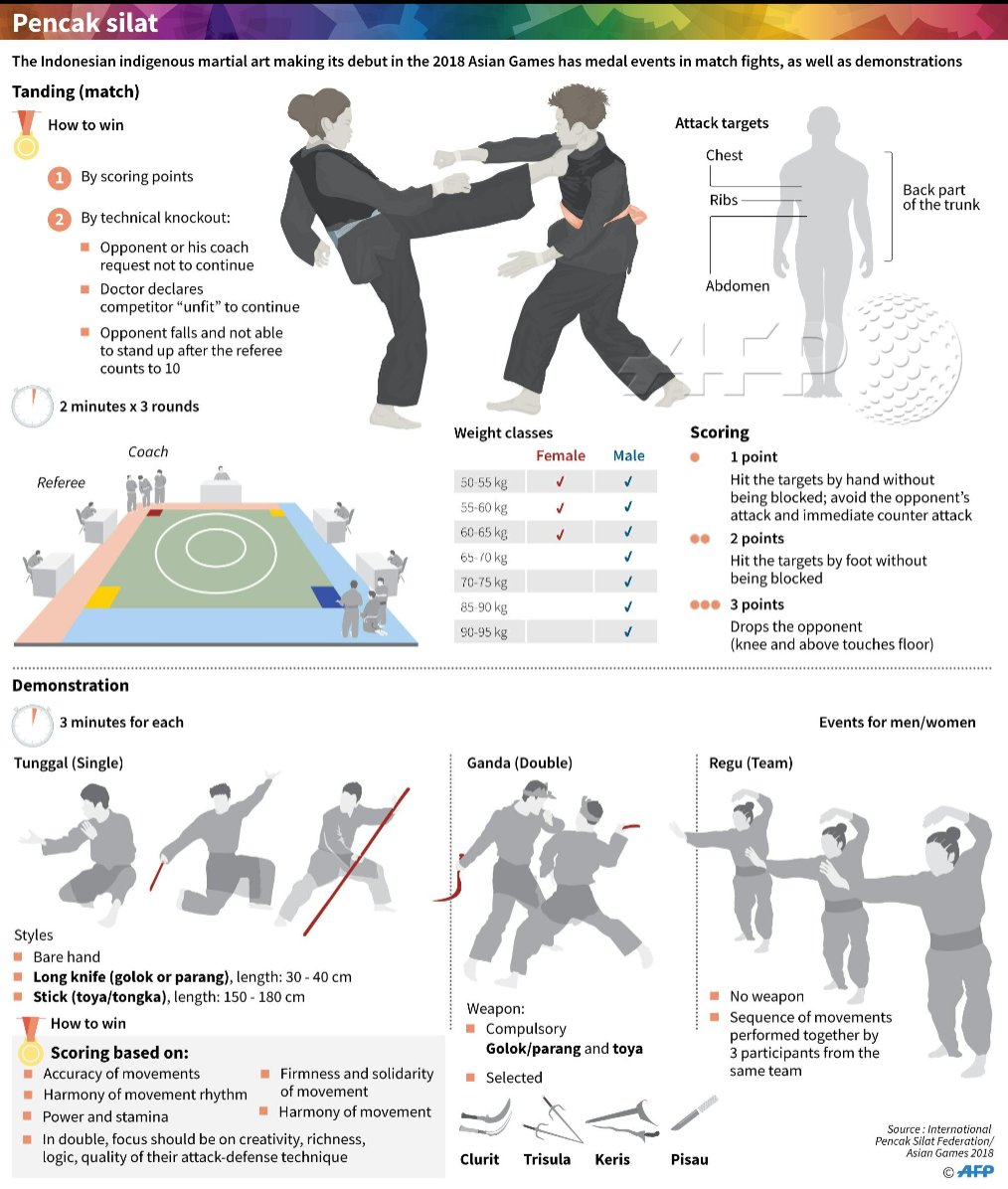Deciphering The Mystery Of Multiple Fighting Style Disciplines: An Overview To Karate, Taekwondo, And More
Deciphering The Mystery Of Multiple Fighting Style Disciplines: An Overview To Karate, Taekwondo, And More
Blog Article
Article By-Faber Russo
Are you tired of feeling bewildered by the vast globe of fighting styles? With a lot of designs to select from, it can be very easy to get shed in a sea of punches, kicks, and mystical names. But worry not!
This conversation will certainly demystify the different fighting styles designs, taking you on a trip from the powerful strikes of Martial arts to the dynamic kicks of Taekwondo. Prepare yourself to discover the origins, methods, and approaches behind these old art types.
So, tighten Read the Full Piece of writing and prepare to embark on an enlightening expedition right into the fascinating world of martial arts.
Origins of Martial Arts Styles
The origins of fighting styles styles can be mapped back to ancient people and their requirement for self-defense and fight methods. Throughout history, various cultures developed their own distinct methods of battling, each with its own set of methods and approaches.
In China, as an example, fighting styles styles such as Kung Fu and Tai Chi were developed as a way of protection and boosting physical and mental wellness.
In Japan, the samurai warriors developed styles like Martial arts and Judo, concentrating on discipline, precision, and proficiency of the body.
Similarly, in https://self-defense-moves-every70874.tusblogos.com/32572269/the-mental-and-emotional-benefits-of-practicing-martial-arts , Taekwondo became a martial art emphasizing high kicks, fast activities, and mental stamina.
These early civilizations laid the structure for the diverse array of martial arts designs that exist today, each with its own rich history and social importance.
Strategies and Training Approaches
To master martial arts designs, experts have to learn various strategies and training approaches.
Techniques are the certain movements and actions utilized in fight, such as strikes, kicks, throws, and blocks. Various fighting styles styles have their very own unique collection of strategies that practitioners need to understand through rigorous training.
Training approaches vary depending on the design, but they typically include a combination of physical conditioning, drills, sparring, and kinds.
Physical conditioning is crucial to build strength, versatility, and endurance. Drills assist specialists fine-tune their strategies and improve their rate and accuracy.
Sparring allows experts to practice their techniques in a regulated, practical environment. Types, also called kata, are ironclad series of activities that assist practitioners establish muscle mass memory and emphasis.
Ideologies and Principles
Exploring the viewpoints and concepts of fighting styles designs can provide you with a deeper understanding of your chosen self-control. Each martial art has its own special ideology and collection of directing principles that form the method it's exercised.
For instance, Karate emphasizes self-control, regard, and self-discipline. It teaches practitioners to concentrate their minds and bodies, allowing them to safeguard themselves while preserving a feeling of internal tranquility.
On the other hand, Taekwondo positions a strong focus on speed, agility, and flexibility. kajukenbo youtube are rooted in the tenets of politeness, integrity, determination, self-control, and unbeatable spirit.
Final thought
Since you've checked out the origins, techniques, and approaches of numerous martial arts designs, you have a deeper understanding of these old techniques.
Visualize a young karate student, experimenting unwavering determination and focus, breaking through boards with a powerful punch.
Their trip showcases the dedication and stamina required to grasp a fighting style, advising us that with discipline and determination, anything is possible.
